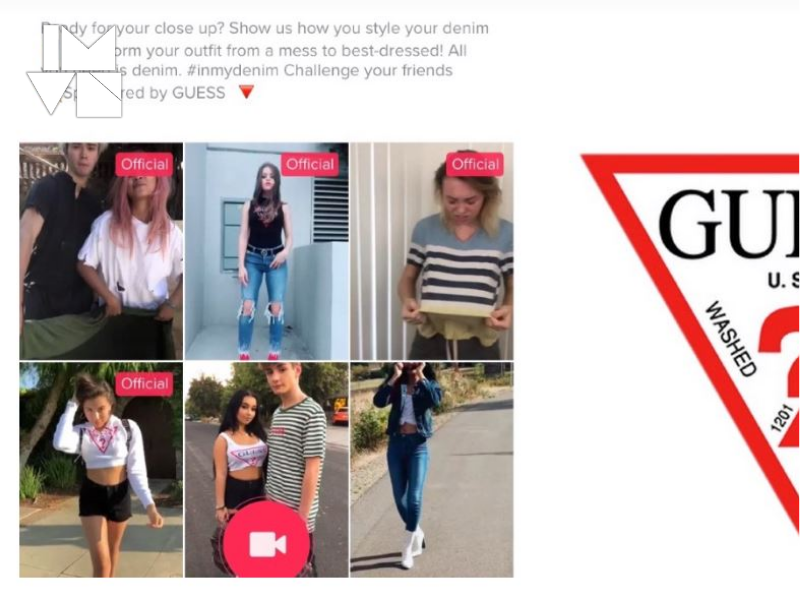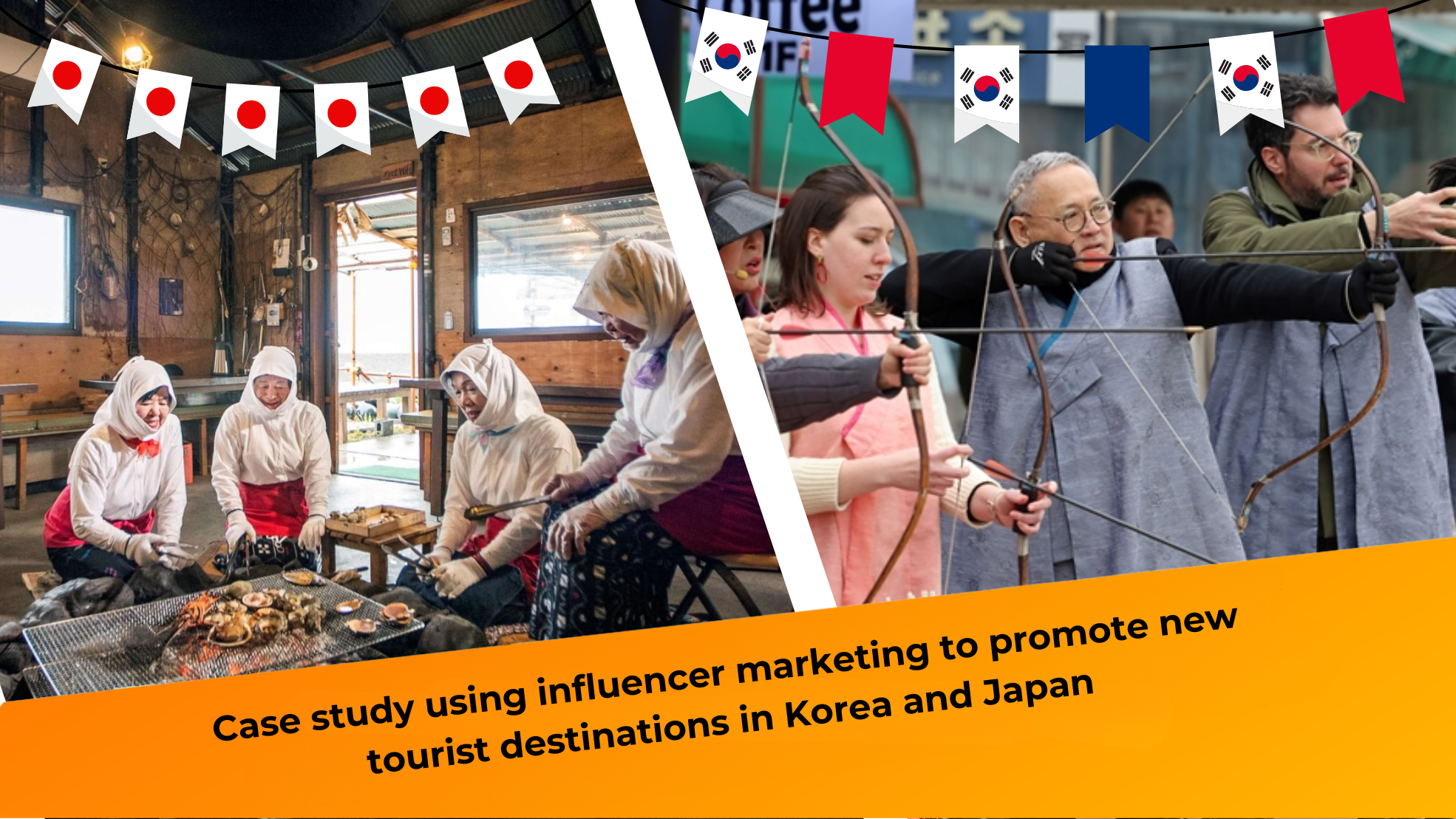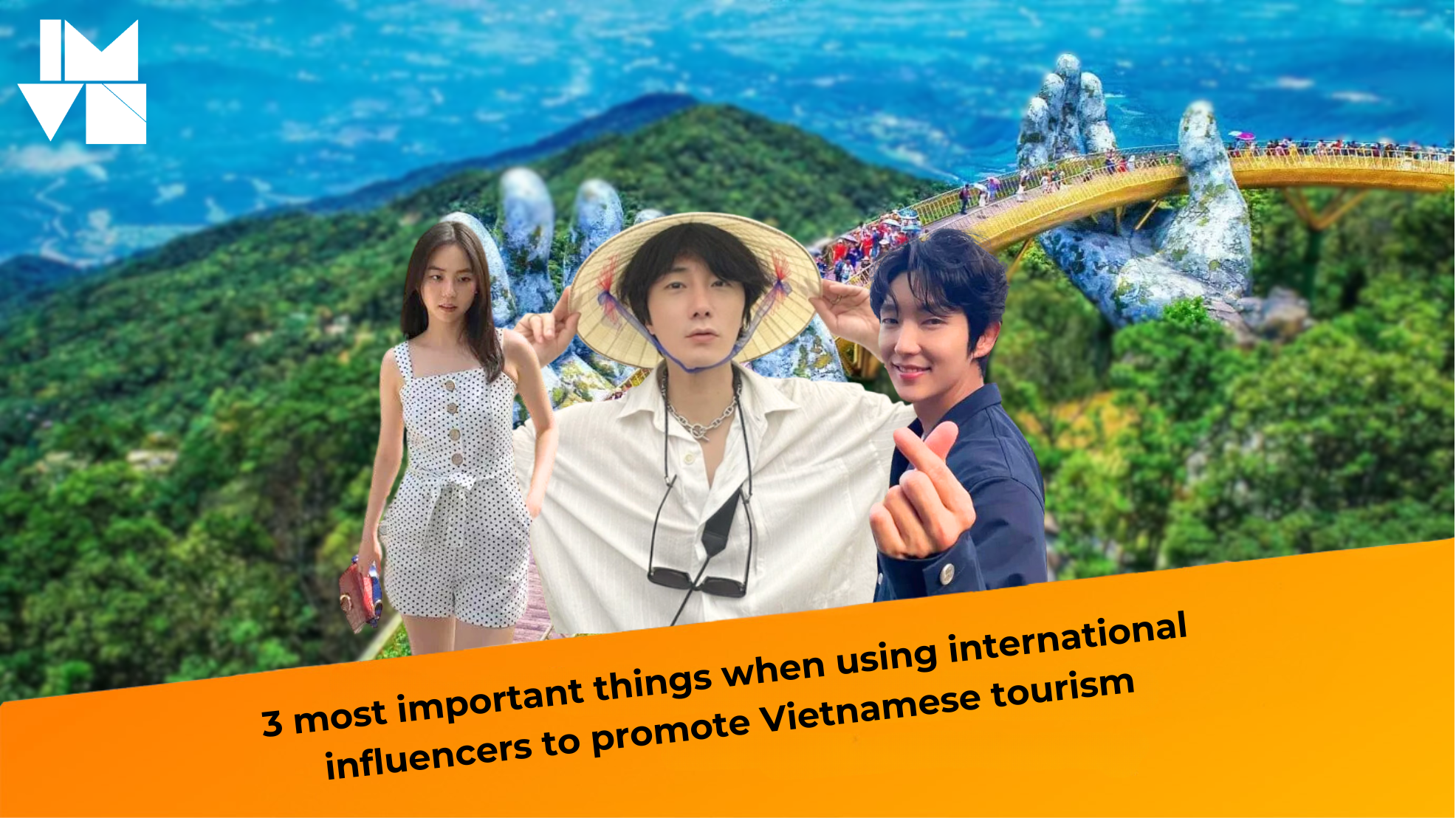When Taylor Swift released her single “Me” in April 2019, it went viral. Prior to the release, Swift and Brendon Urie of Panic! at the Disco teased the song on TikTok with a short dance video and the hashtag #AnotherLikeMe.
A week later, #AnotherLikeMe had 3 million views and the #Medancechallenge had 500,000 views.
Since its launch, TikTok has become a rapidly growing app. In October 2018, it was the most downloaded app in the Apple Store, with over 800 million monthly active users.
1. Hashtag Challenges
In 2018, Jimmy Fallon’s Tonight Show challenged viewers to do the “tumbleweed” (roll around on the ground like the man in the TikTok video) with the hashtag #tumbleweedchallenge. By early 2019, the challenge had 8,000 submissions, and Fallon continues to create new challenges for his viewers.
Challenges have played a big part in TikTok’s success. Brands can use hashtag challenges, like Taylor Swift did, to encourage user participation.
2. Content Creation
In 2018, over 26 million US users spent an average of 46 minutes per day on TikTok. The app is still relatively new compared to established platforms like Instagram and Snapchat. This means there’s less competition and more opportunity for content to go viral and increase brand awareness. It also means that advertising on TikTok is more cost-effective. Most brands are using organic content to test the waters and see how audiences respond.
With its potential for endless creativity, TikTok is a great platform for brands to market creative content and services.
According to GlobalWebIndex, 6 in 10 TikTok users share music they like on social media, and 53% share music videos specifically. This is exactly why artists like Taylor Swift were among the first to embrace the opportunities TikTok provides.
3. Paid Advertising
Paid advertising on TikTok is still fairly new. As of January 2019, brands could pay to have their content featured on the app. This can be a great way to increase brand awareness. There are a few different ways to use paid advertising on TikTok, and the app provides performance metrics like impressions, clicks, and unique reach to determine the success of ad campaigns.
Paid advertising can be purchased for brand takeovers or hashtag challenges, and TikTok offers category-exclusive advertising on a daily basis. Brand takeover ads can be static images, videos, or GIFs.
4. Branded Hashtag Challenge Ads
Branded hashtag challenge ads are placed as banner ads on the discovery page and direct users to a challenge page with instructions and content featuring the hashtag. While organic hashtag challenges can be successful, they won’t have the same reach as paid hashtag challenge ads.

5. Native Video Ads
Another way to use paid advertising on TikTok is with native video ads, which TikTok recently began testing. These ads appear in the main feed and can be customized to direct users to the advertiser’s website or any other web address, but currently only direct to the advertised brand. The music accompanying the clip is labeled “Promoted Music.”
Native video ads are the same length as regular TikTok videos (9-15 seconds, although the test ads were only 5 seconds long), are full-screen (similar to Instagram Stories ads), and can be skipped by users. They support call-to-actions to download apps and visit websites, and are measured by total video views, average video play duration, video engagement, and click-through rate.
6. Influencer Marketing
Influencer marketing relies on the power of TikTok influencers. Some major brands have begun experimenting with influencer campaigns on the app. For example, Oreo used a more traditional approach, combining in-app banner ads with native in-feed ads alongside influencer-generated content.
Choosing the right influencer can help you quickly and effectively deliver your brand message to your target audience. TikTok is an effective way to reach Gen Z, a key consumer demographic. According to TikTok’s latest statistics, the app’s users are primarily between 20 and 24 years old, have a modern lifestyle, and are easily influenced by trends.
Influencer marketing is still relatively new on TikTok and is more affordable than on other platforms because fewer brands are using it.
7. Keep Up with Trends
Keeping up with trends on TikTok is a smart move, especially since trends change weekly, if not daily. It’s important to understand user preferences and interests. If you’re using influencer marketing, your influencer can help you identify trending topics and integrate your product into relevant content.
TikTok’s homepage is a great place to stay updated on the latest trends. You can also search for hashtags and users, and the app will suggest trending challenges and hashtags.
8. Coming Soon: 3D/AR Lenses
According to a recent leaked pitch deck published by Digiday, in addition to the features already discussed, TikTok is working on Snapchat-style 2D lens filters for images. A brief overview announces the upcoming launch of 3D and AR lenses, which will add another layer of excitement to advertising on the platform.
9. User-Generated Content
User participation and content creation are fundamental to any TikTok marketing strategy. Because the app’s success is built on user-generated content, incorporating this content into advertising is crucial. One brand that has done this effectively is the Chinese restaurant chain Haidilao.
Haidilao introduced a DIY option to its menu, allowing customers to create unique dishes beyond the regular menu using available ingredients. When customers ordered the DIY option, they were encouraged to make a short video of themselves creating their meal and share it on Douyin (the Chinese version of TikTok).
The campaign was a huge success. Over 15,000 customers ordered the DIY option, and over 2,000 videos were shared on Douyin, generating over 50 million views.
Successful marketing using UGC on TikTok is about finding fun and unique ways to encourage users to create content on behalf of your brand or participate in brand campaigns. You can offer a prize or reward for the best video or find other ways to incentivize users to post content. If you can offer something exclusive to TikTok creators, that’s a great way to motivate them to create content.
Source: Influencer Marketing Hub





